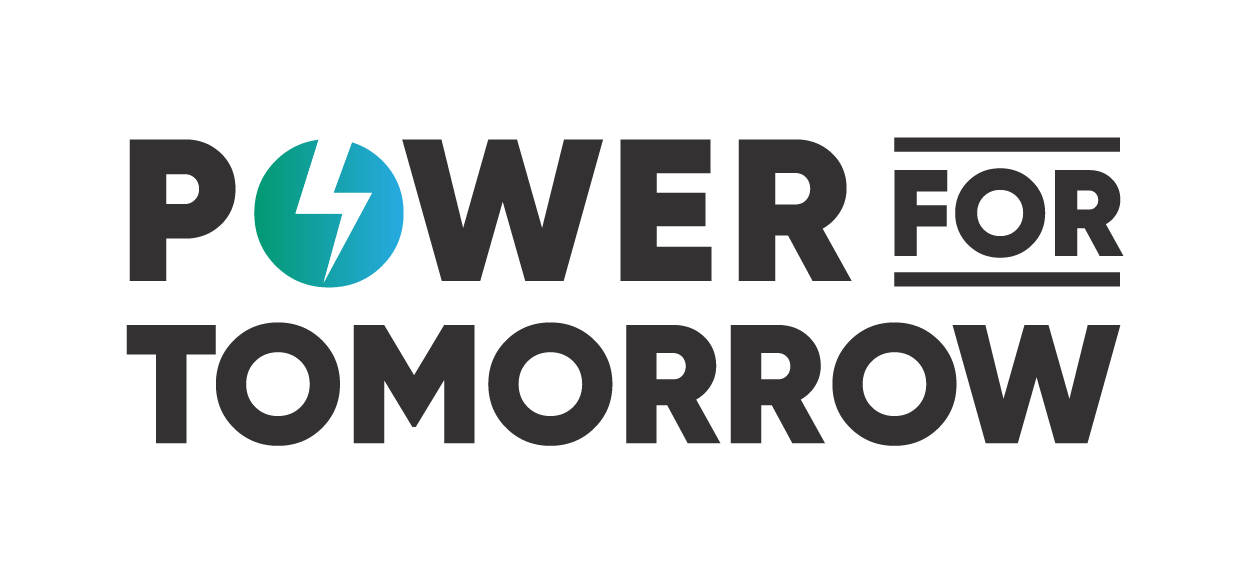REPEATing the Past on Transmission Development
Princeton University’s ZERO Lab, and namely Professor Jesse Jenkins and his team, have undertaken a holistic transmission analysis through its Rapid Energy Policy Evaluation and Analysis Toolkit (REPEAT) Project. The objective of the REPEAT Project is to provide “regular, timely, and independent environmental and economic evaluation of federal energy and climate policies as they’re proposed and enacted.” Good call.
The REPEAT Project’s recent transmission analysis reaches an unstartling conclusion, specifically that “electricity transmission is key to unlock the full potential of the Inflation Reduction Act [(IRA)].” In fact, that is even the title of the presentation. The clarity is refreshing in the world of energy and climate policy, where acronyms and code words rule the day and conclusions are barely discernible to even the initiated.
The REPEAT Project has previously found that the “IRA could cut U.S. greenhouse gas emissions by roughly one billion tons per year in 2030 and reduce cumulative greenhouse gas emissions by 6.3 billion tons of CO2-equivalent over the decade (2023-2032).” A very positive climate policy outcome indeed. There is a “but” there, however, in the form of what the REPEAT Project has recently found: “That outcome depends on more than doubling the historical pace of electricity transmission expansion over the last decade in order to interconnect new renewable resources at sufficient pace and meet growing demand from electric vehicles, heat pumps, and other electrification.” The figure below shows the reality of the situation.
Yet when you listen to technical conferences and read the avalanche of NOPRs and comments floating around at 888 First Street NE in Washington (that’s FERC) or in state commissions considering how to advance transmission development, you would not know it. Instead, a lot of what we see is a REPEAT, pun intended, of the battles of the past: cost allocation; transparency; prudence reviews; independent monitors; competition/build versus buy debates; certificates of need; and other traditional regulatory battlegrounds.
All of those issues are important. But In order to avoid a REPEAT of the past, and to be clear the past is reflected in regional transmission planning where projects get discussed, debated, planned, and not actually built, maybe we need to rethink some things. Customers, the power sector, and indeed the IRA itself would benefit from a reassessment of how we can encourage capable entities to come together and deliver on the transmission we clearly need to interconnect generation and deliver on the full promise of the IRA. Rather than create an overly burdensome, exhaustive, complex, and probably fatal regulatory quagmire for interregional projects to go through, we should encourage entities to come together, pull in federal support as permissible under federal law, and create multi-party investment vehicles that can deliver one of the upper lines of the REPEAT Project graph above, while reducing emissions and enhancing resiliency in the process.
It is time to start encouraging creativity in business model development, then building a regulatory structure around the business model to ensure appropriate oversight and transparency. We can start with a signal from regulators, state and federal, and federal agencies charged with deploying IRA funding that this type of creativity will be rewarded in terms of regulatory support and even federal dollars. Otherwise, our transmission future is doomed to be a REPEAT of our transmission past, full of “just in time” transmission solutions or, even worse, no transmission at all.

